Table of Contents
ToggleIntroduction: Why Choose a Small Jib Crane?
In compact industrial environments, the ability to lift, maneuver, and position materials safely and efficiently is essential. A small jib crane is one of the most effective and space-saving solutions for this challenge. These cranes are engineered for high-frequency lifting tasks in tight quarters, providing unmatched versatility and performance in applications where traditional lifting systems fall short.
Whether used as standalone lifting tools or in conjunction with a gantry crane, small jib cranes optimize workflow, reduce physical strain on workers, and boost productivity.
This article explores what small jib crane is, its designs, types, applications, and how it can transform operations in workshops, warehouses, and confined industrial settings.
What Is a Small Jib Crane?
A small jib crane is a compact overhead lifting device with a horizontal boom (arm) that supports a hoist. This arm is either fixed or able to rotate, enabling vertical lifting and lateral movement of materials.
Small jib cranes are designed for:
- Repetitive lifting tasks
- Individual work cells
- Tight or congested spaces
- Supplementing larger overhead crane systems
For an in-depth overview, refer to the Small Jib Crane: Essential Guide for Confined Workspaces.
Key Components of a Small Jib Crane
Understanding a small jib crane begins with knowing its core parts:
- Column/Mast: The vertical pillar that supports the crane. Not present in wall-mounted models.
- Boom (Reach): The horizontal beam that holds the trolley and hoist.
- Trolley: Moves along the boom and carries the hoist.
- Hoist: Lifts and lowers the load (manual, electric, or pneumatic).
- Hook: Connects to the load for secure lifting.
- Control system: Manual or electronic controls for rotation and lift.
- Rotation stop: Limits rotation to prevent collisions.
Most small jib cranes offer between 180° and 360° rotation depending on their type.
Types of Small Jib Cranes
1. Freestanding Small Jib Cranes
- Mounted on a reinforced concrete base.
- Up to 360° rotation.
- Ideal for standalone workstations.
2. Foundationless Jib Cranes
- Bolted directly to a 6″ thick concrete slab.
- Easy to install, remove, or relocate.
3. Wall-Mounted Jib Cranes
- Save floor space.
- Rotate 180° or more.
- Installed on structural walls or columns.
4. Mast Type Jib Cranes
- Use both floor and ceiling for support.
- No special foundation required.
5. Articulated Jib Cranes
- Dual-arm design provides multi-directional movement.
- Perfect for reaching around corners or machinery.
- See Aardwolf’s Articulated Jib Crane – Wall Mounted.
To learn about optimal design ideas, read Small Jib Crane: The Ideal Solution for Compact Lifting Applications.
Applications of Small Jib Cranes
Small jib cranes are frequently used in:
- Assembly lines and production workstations
- Equipment maintenance bays
- Warehouse loading/unloading zones
- Marine environments
- Fabrication and welding stations
They are often installed under a larger gantry crane to handle fine positioning and secondary lifting operations.
Benefits of Using Small Jib Cranes
✓ Maximize Limited Space
Wall-mounted and articulated models allow for lifting without using valuable floor space.
✓ Ergonomic and Safe
Reduce workplace injuries by minimizing manual lifting.
✓ Increase Productivity
Fast and precise load movement enhances efficiency.
✓ Low Maintenance
Fewer moving parts mean reduced downtime and operating costs.
✓ Customizable
Compatible with a variety of attachments such as:
- Vacuum lifters
- Air balancers
- Electric and manual hoists
Explore Small Jib Crane Benefits for Compact Industrial Sites for a deeper dive into operational advantages.
Design and Installation Considerations
Before installing a small jib crane, consider:
- Height under boom: Clearance required to accommodate hoist and load.
- Working span: Length of the boom, minus trolley restrictions.
- Hook travel: Required lifting height.
- Rotation: 180° for wall-mounted, 360° for freestanding cranes.
- Power requirements: Electrical vs. pneumatic systems.
- Obstructions: Structural, equipment, and pedestrian clearance.
For layout inspiration, explore Small Jib Crane: Essential Guide for Confined Workspaces.
Integrating with Material Handling Equipment
Jib cranes are part of a broader material-handling ecosystem. They often complement:
- Forklifts
- Conveyor belts
- Gantry cranes
- Bridge cranes
Read this expert resource on choosing the right Material-handling Equipment for your operation.
Where to Buy Small Jib Cranes
When selecting a small jib crane, quality matters. Look for systems that are built to ISO standards, and work with providers that offer both standard and customized solutions.
Explore Aardwolf’s full lineup of jib crane products designed to serve a variety of industrial needs.
Conclusion: Is a Small Jib Crane Right for You?
A small jib crane is a compact, durable, and highly efficient solution for lifting tasks in constrained spaces. Whether you operate a high-volume manufacturing facility or a small-scale workshop, these cranes can enhance safety, save time, and support your team’s productivity.
Choose wisely, and you’ll have a tool that improves your operations for years to come.

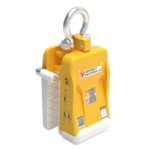
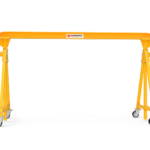
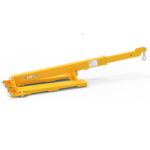
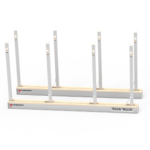
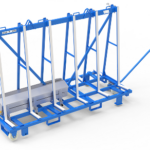
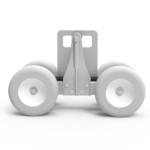
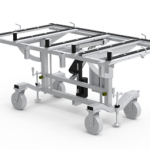
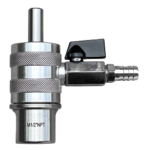
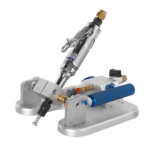
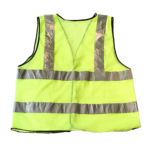

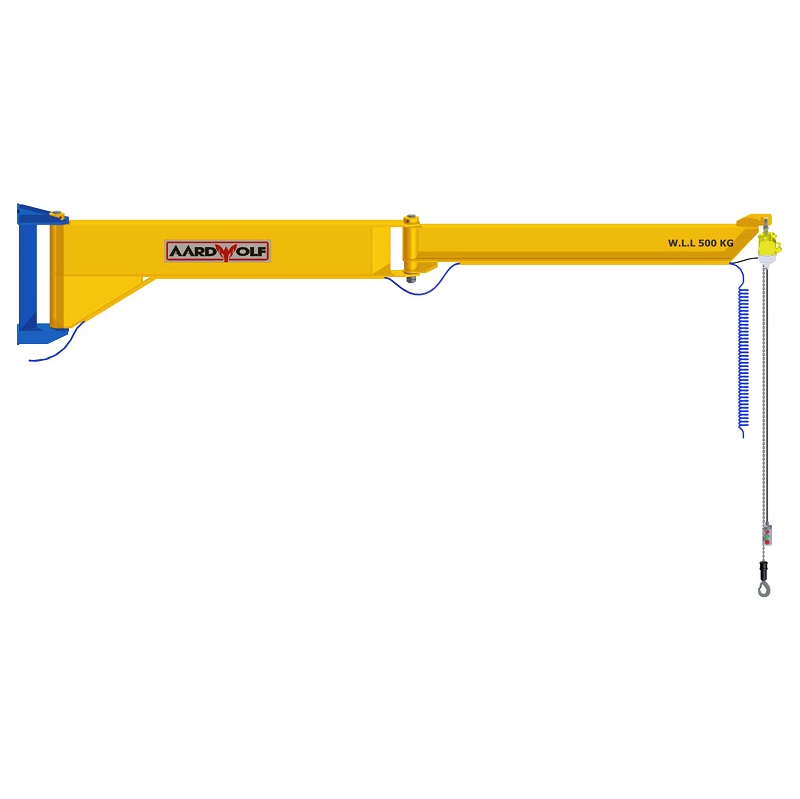
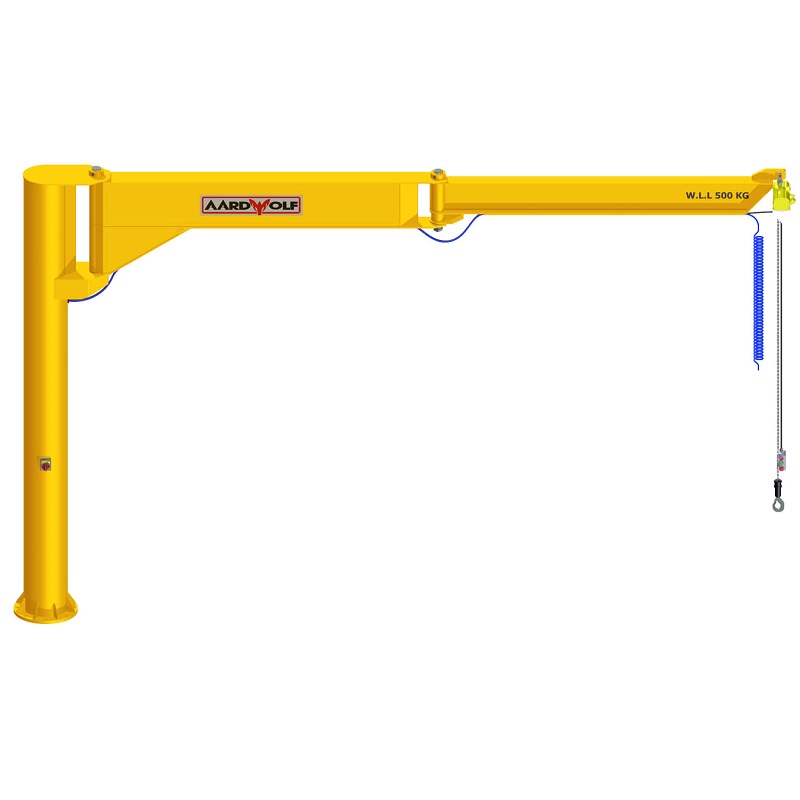

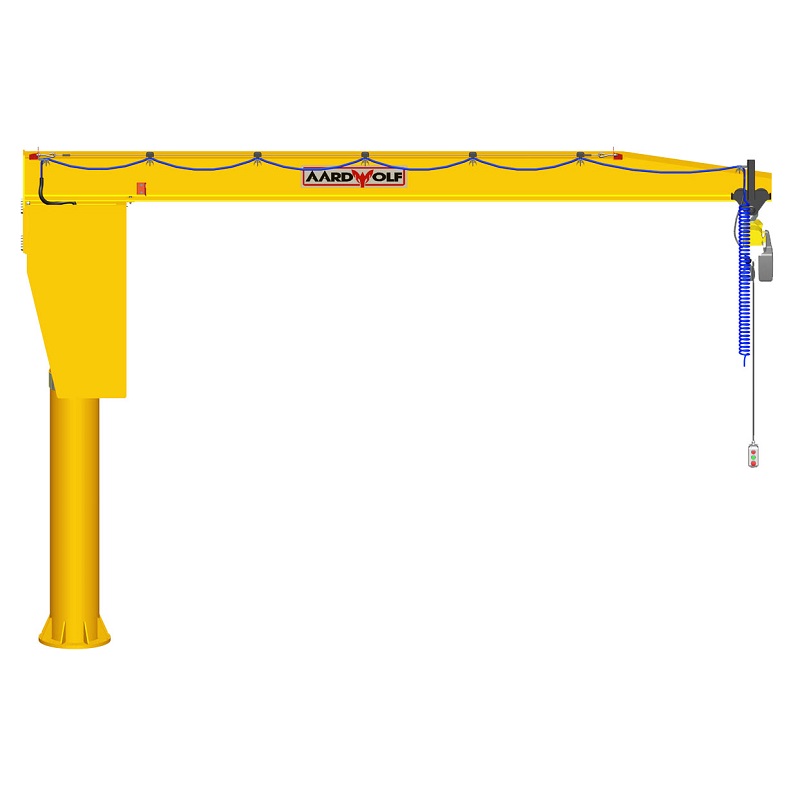
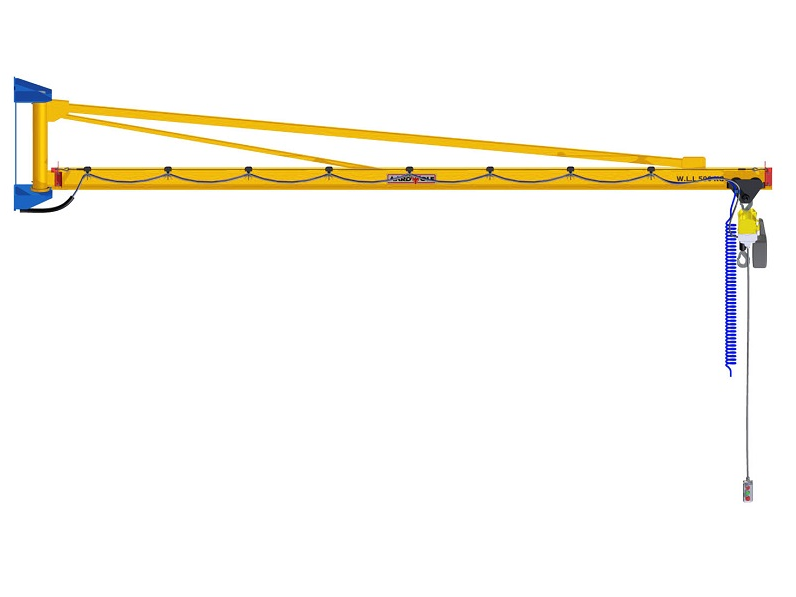

Please log in to leave a comment.